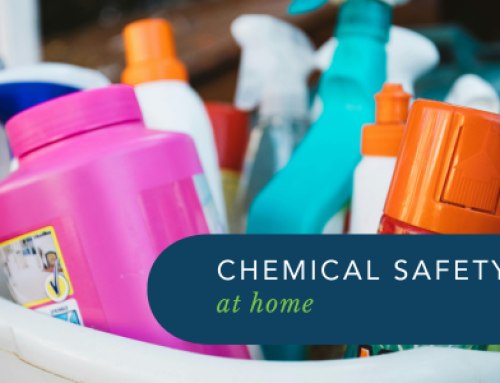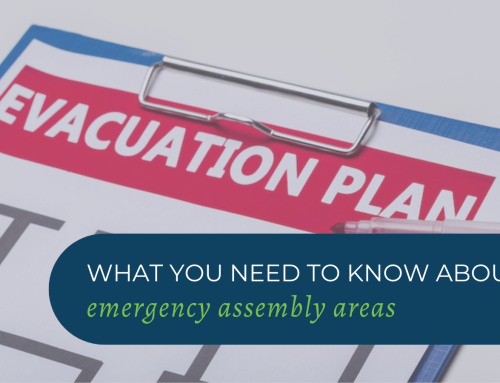From reduced hours to job losses, COVID-19 has been a major setback for many businesses. Considering much of the world is in lockdown, many employers have encouraged their staff to work from home indefinitely. While it does have its advantages (and disadvantages), making a living within the living space can be a hit or miss.
Working from home sounds like a luxury, but it also comes with a few challenges. From connectivity issues to in-home distractions like family members and pets.
Keeping up the productivity and providing expected output is important for businesses, and that staff working remotely should still deliver. Employers should understand that working remotely presents unique challenges and safety concerns.
Whether working from home is feasible will depend on the specifics of the workplace. Minimizing risk from a staff’s home office would mean there is a need to factor in providing guidance on what is a safe home office environment.
The following outlines some things employees and employers may need to consider:
Sustainability and Workflow Expectations
– This requires setting up a routine as if you are in the office. Breaks, start, and finish time included. This should help employees not to have a detachment from their duties, but also sets a boundary for other family members not be a distraction.
– Communication with your superior or manager and colleagues, will not only smoothen the workflow and increase the productivity, this will also help maintain positive relationships and therefore reduce stress levels and the feeling of isolation.
– Regular meetings should still be done to make sure every staff member is still calibrated with how things work, what is expected of everyone and keep track of task deadlines.
Ergonomics
– Inadequate workstation set ups can result to fatigue, musculoskeletal pain, disorders, and stress. To avoid this, certain measures should be considered in terms of laying out an adequate space at home to work. Problems might include the location of the home office, table height, chair suitability or insufficient lighting.
– Designating a room in the house or space where it is conducive to do tasks. With this, staff will be maintaining a boundary between work and domestic life. Checking on internet connectivity, phone lines, and lighting (including daylight) is also essential.
– Chair adjustments, wrist position, screen resolution, and keeping close the things needed to execute tasks such as documents or devices like headsets should limit unnecessary stretching.
In-home Safety Systems
– Since there will be an increase in terms of electricity consumption, making sure smoke detectors are compliant and fire extinguishers and fire blankets are in place and easily accessible. Even if it is an employee home or an apartment unit, an evacuation plan should an emergency take place should also be considered.
– Keeping a list of emergency numbers, as well as a first aid kid should also be considered.
– Ensure electrical equipment is safe to use. Prior to plugging in any cords and equipment, check them for nicks, exposed conductors, or visible damage. If they are damaged, do not use them and do not overload your power outlets.
– Electrical equipment should be properly tagged by a licenced provider.
Hazard Identification
– Looking after the accessways including stairs, floors, and entrances. Keeping them clean and clear of slip or trip hazards especially of clutter, spills, leads/cords, loose mats.
– Having to appoint a contact person in the business who workers can talk to about any concerns related to working from home. Simply notifying the contact person about risks or potential risks and hazards.
– An employer should also be responding appropriately to signs a worker may be struggling or stressed (change in behaviour, less or substandard output).
Emergency and Contingency Planning
– Having to ensure to have a clear access from the designated work area, to a safe outdoor location in case of fire.
– Undertaking safety checks so workers have access to information in accordance with their duties and work from home environment.
– Offering training to staff online to familiarise themselves and comply with the relevant working practices.
Training
– The longer COVID-19 continues, the more “at risk” employees become through lack of training.
– Consideration should be given to alternative training methods. Are there online training courses that employees can undertake?
– Do your essential training providers offer videoconference training that allows your workforce to remain compliant with the relevant legislation and Australian Standards?
Does your workplace have working from home policies and contingency plans? Employers still have an obligation around their employee’s safety and employees should know them well and take the appropriate measures to ensure they are safe and compliant.
As an essential service provider, Workplace Emergency Management has continued to operate throughout the lockdown period. We are taking all measures to ensure the safety of our team and our clients. Our consultants have been conducting videoconference training to our customers to ensure that they remain compliant with AS3745-2010 – Preparing for Emergencies in Facilities and the Work Health and Safety Act 2011.
By keeping up with your essential training, employees will have a greater understanding and awareness of their safety and wellbeing when working remotely from their own homes.
Our friendly team are available on 1300-831-694 to provide more information and supply you with a free quote.
GET IN TOUCH
Are you ready for peace of mind that your workforce is as safe and prepared as possible?
With a dedicated team of staff ready to help you meet compliance requirements and improve the overall safety of your workplace, all you need to do is get in touch.
Request your free audit today!




